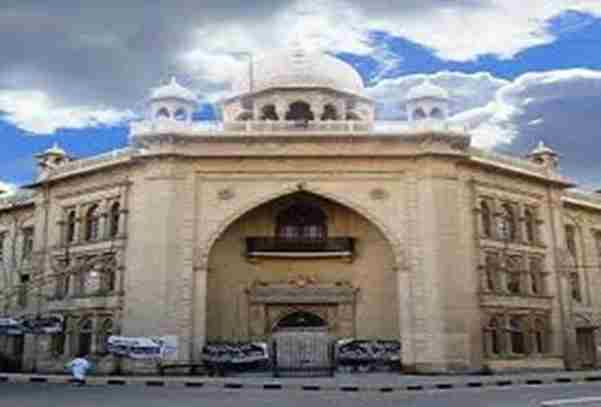KARACHI: The business community has urged State Bank of Pakistan (SBP) to issue directives to banks for accepting sales tax refund bonds in order to ease hardship in liquidity issues, especially for the exports.
Karachi Chamber of Commerce and Industry (KCCI) in this regard wrote a letter to SBP Governor Reza Baqir and apprised him about the government papers, which were issued by the Federal Board of Revenue (FBR) against the stuck up refunds, but despite inclusion in the Sales Tax Act, 1990 the banks were not accepting those.
Agha Shahab Ahmed Khan, President, KCCI in the letter said that due to liquidity crunch the exporters had no option but to curtail their production and were trying to maintain their share in the existing international market.
“The situation has worsened to such an extent that our exporters simply cannot explore any new market to raise the exports due to lack of funds which, if not timely addressed, is likely to have a negative impact on Pakistan’s economy which is already under immense pressure and is struggling hard to narrow the current account deficit.”
He said that the Federal Board of Revenue (FBR) has issued Bonds to the claimants and as per provisions of section 67-A of the Sales Tax Act-1990, these bonds shall be traded freely in the Country’s secondary markets and they will be accepted by the banks as Collateral.
“However, despite specific directions in the relevant Act, these bonds are neither being traded freely in the market nor being accepted by the banks, creating severe liquidity problems for the exporters who are unable to finish their export orders, hence the situation was likely to shrink the overall exports and may also result in further depreciation of the desperately Foreign Exchange reserves of the country which requires Governor State Bank’s indulgence.”
He stressed that the State Bank has to ensure compliance of the statutory provisions as soon as possible. “Almost a month has passed so far but no relief has been provided to minimize the grievances being faced by the exporters.”
He was of the opinion that the exporters were already going through the toughest time due to ‘Creative Destruction’ which has made many Pakistani products obsolete in the international markets whereas they are terribly suffering due to high cost of doing business, stagnant industrial activities, the highest ever inflation and many other issues particularly the stuck up refund claims that needs to be resolved and the claimants must get their legitimate refunds on top priority.


